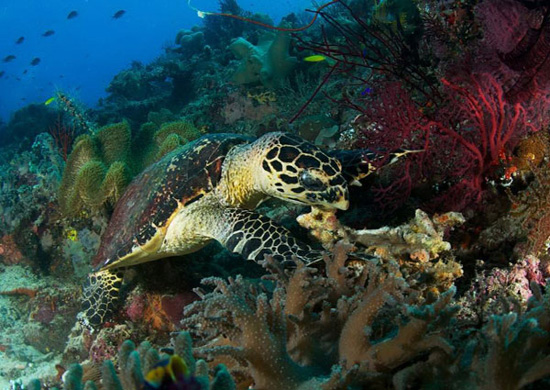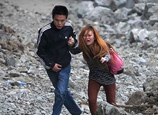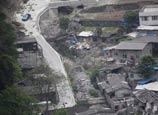
 |
| A sea turtle feeds in the ocean of Raja Ampat in Indonesia's West Papua province. (China Daily/Yao Yi) |
But there are more than techniques to learn.
The underwater ecology, which is usually unseen by the normal, has become an issue distinct to Cao's alike.
A believer in "taking only photos and leaving only bubbles", Shanghai's Apple store manager Yao Yi has spent almost all of his holidays for the past nine years diving and taking underwater photos.
"My friend from the Chinese Academy of Sciences' Institute of Oceanology showed me photos of coral reefs they took in Xisha Islands' underwater areas - it's lifeless," says Yao, explaining coral reefs are "rainforests of the sea" and provide homes for many marine species including fish, worms, sponges and mollusks.
"If the coral situation isn't good, you wouldn't expect a fascinating underwater world packed with marine animals," he says.
Yao adds it has become an unwritten rule for divers to protect the marine ecological environment, and that diving and underwater photography do not cause as much damage to the oceans' ecosystem as smuggling coral, over-fishing and illegal fishing such as electrocution and poisoning.
"The over-exploitation of marine resources, however, is a global issue," Yao continues. "I remember the first time I went to dive at Malaysia's legendary Barracuda Point in 2006, thousands of barracudas were circling around to make a powerful image, like a storm, it was impossible to miss. But when I returned to the island of Sipadan in 2009, you could barely call it a 'storm', and you needed good luck to see the school of barracuda fish."
While many amateur underwater photographers have tried to avoid such less-undesirable water area, Wu Lixin, a photojournalist with Chinese National Geographic Magazine, has shifted his focus especially to these areas.
Wu has depicted some of the damage suffered by marine life in his photos. Muddy water, wild aquatic plants tainted with foreign substances, marine animals struggling to escape from fishing nets and fish gasping for their last breath in a dry river bed - Wu's photos dazzled the audience not only with images of the fantastic underwater world but also drew people's attention to marine environmental protection.

















 Giant pandas safe in quake-hit zone
Giant pandas safe in quake-hit zone


![]()
